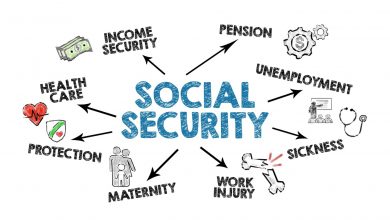Household Debt Hits Record $18.6 Trillion As Americans Face Rising Defaults And Soaring Delinquencies – Financial Freedom Countdown
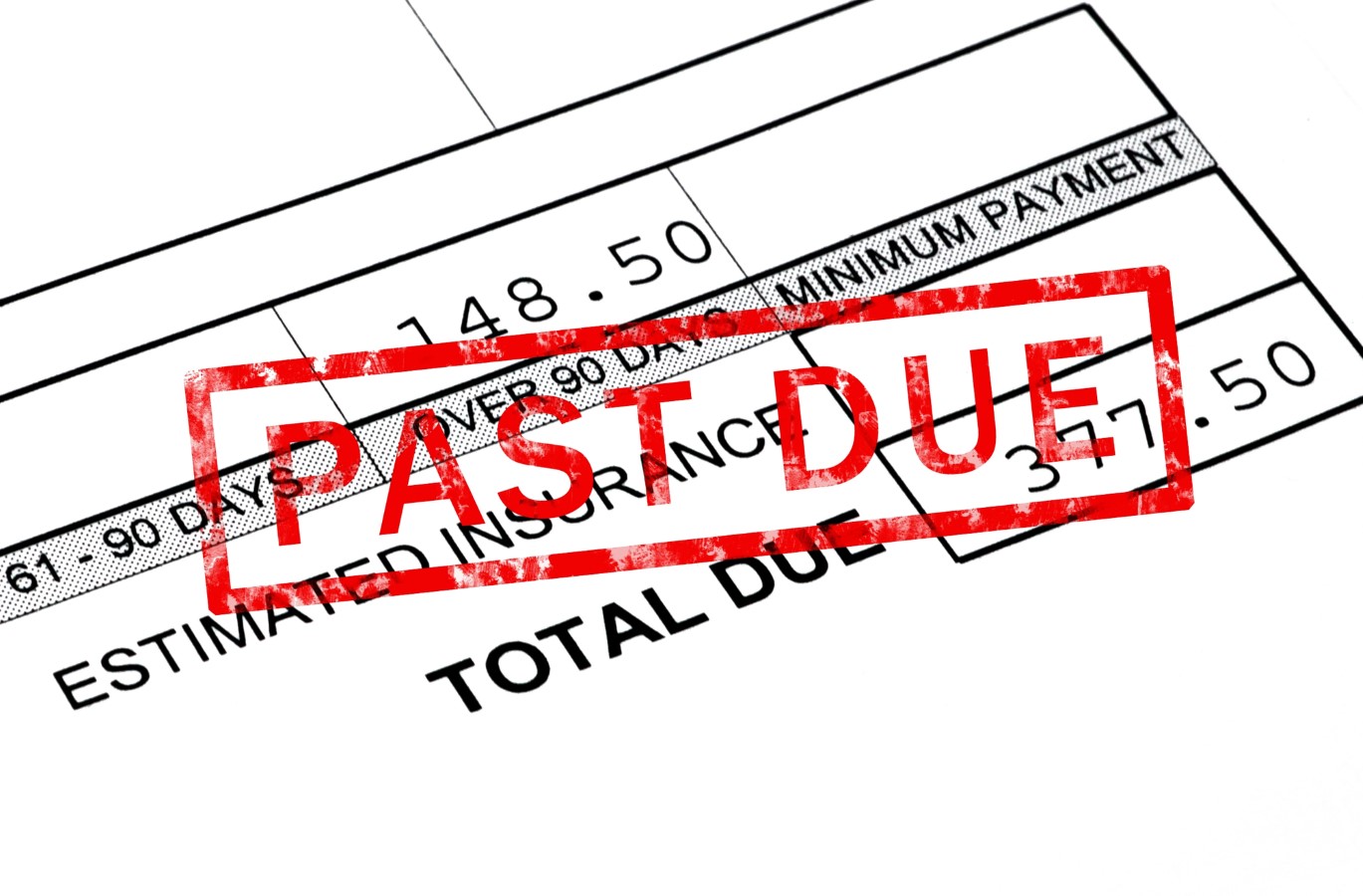
Household debt climbed by another $197 billion in the third quarter of 2025, hitting a record $18.59 trillion, according to the New York Fed’s latest Household Debt and Credit Report.
The increase, though moderate, is arriving at a moment when millions of Americans are slipping into delinquency; raising questions about whether the economy is entering a far more vulnerable period than policymakers acknowledge.
Mortgage Balances Jump as Housing Market Stays Surprisingly Firm

Mortgage balances grew by $137 billion, reaching $13.07 trillion by the end of September. The Fed attributes the sector’s relative stability to strong home equity levels and strict post-2008 underwriting standards. Mortgage originations also ticked up, hitting $512 billion; a rare sign of momentum in a market restrained by high rates and affordability challenges.
HELOCs Make a Comeback as Homeowners Tap Equity to Stay Afloat

Home equity lines of credit continued their resurgence, rising $11 billion in the quarter to $422 billion, the 14th straight quarterly increase. For many households, HELOCs have become a financial pressure valve; an alternative source of cash as savings shrink and fixed expenses climb.
Credit Card Balances Hit an All-Time High

Credit card debt jumped another $24 billion, reaching $1.23 trillion, the highest level ever recorded. More troubling: serious delinquencies; defined as payments overdue by 90 days or more, have surged to 7.1%, nearing financial-crisis territory.
The combination of elevated interest rates and persistent inflation is proving too much for many households to absorb.
Auto Loan Distress Spikes to the Worst Levels Since 2010

Auto loan balances held steady at $1.66 trillion, but the story beneath the surface is deteriorating rapidly. Serious delinquencies have hit 3%, the highest in 15 years.
This has triggered a wave of repossessions; 2.2 million vehicles have already been taken back in 2025, with forecasts of 3 million by year’s end.
Economists warn the pattern eerily mirrors pre–Great Recession dynamics.
Student Loan Defaults Accelerate in a Post-Pause Reality

Student debt rose to $1.65 trillion, but the real crisis lies in repayment.
With payment freezes fully expired, delinquency rates have skyrocketed from 0.8% in late 2024 to 14.3% today; one of the fastest accelerations ever recorded.
Roughly 5.5 million Americans are now in default, with another 3.7 million more than 270 days delinquent.
The Hidden Wave: Delinquencies Breaking Across All Income Levels

Economists warn that this debt deterioration is not limited to subprime borrowers.
Many of the households now falling behind on auto loans, credit cards, and student loans were once considered “prime,” with strong credit scores and clean histories. High inflation, rising interest rates, and a cooling labor market are hitting even financially stable consumers harder than expected.
Non-Housing Debt Quietly Rises and So Does Risk

Non-housing debt rose $49 billion in the quarter, driven by credit card use, student loans, and other consumer finance products. Retail card and consumer finance balances increased another $10 billion, landing at $550 billion.
These smaller forms of credit often carry the highest interest rates; meaning financial distress can escalate quickly.
Economists Warn: The Signs Look Uncomfortably Familiar

Several economists are sounding the alarm and saying the debt trajectory poses “a very significant threat” to economic stability.
Others note that rising defaults and delinquencies look strikingly similar to trends observed just before the Great Recession. Structural pressures; high living costs, high rates, and weak wage growth are placing households under historic strain.
Some Analysts See Normalization, Not Crisis

Not all experts are convinced a crash is coming.
Some argue that write-off rates remain manageable and that part of the current jump in delinquencies reflects a return to normal after forbearance. But even these more optimistic voices concede that the speed of deterioration is noteworthy; and lenders are already tightening standards in response.
Credit Markets React: Tighter Lending and Shrinking Access

With more borrowers falling behind, banks and finance companies are raising credit standards and slowing originations. That shift risks trapping vulnerable consumers in a vicious cycle: less access to credit, higher borrowing costs, and fewer financial buffers.
Young Americans Hit the Hardest

Gen Z, Millennials, and younger Gen X borrowers are under particular strain. Weak hiring, rising housing costs, and ballooning interest expenses are eroding purchasing power.
Economists warn that these dynamics could push the average age of first-time homeownership; and even family formation, higher for years to come.
A Slow-Motion Crisis With Long-Term Consequences

While a sudden financial crash is not a consensus prediction, a “slow, grinding deterioration,” as one economist put it, is increasingly viewed as the more likely path.
Rising debt and shrinking household capacity threaten to weigh on consumption; the backbone of the U.S. economy and may reshape long-term growth, demographics, and housing markets.
A Warning for Policymakers: The Consumer Cushion Is Thinning

The Fed report paints the picture of an economy still standing; but wobbling.
With delinquencies rising, defaults accelerating, and household budgets stretched, the once-robust financial cushion built during the pandemic appears to be eroding fast. Policymakers face an uncomfortable reality: the U.S. consumer may no longer be strong enough to absorb the next economic shock.
Like Financial Freedom Countdown content? Be sure to follow us!
Top 6 High-Paying Jobs That Thrive Even in Recession Times
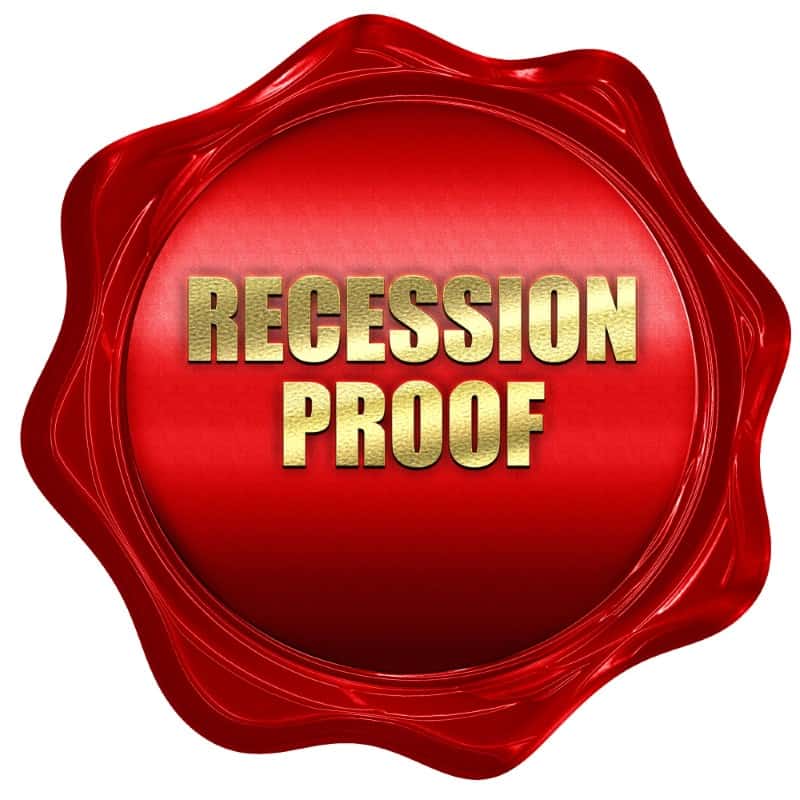
We all want a job that pays well, gives our life meaning and lets us do something useful. However, job security is also vital to long-term growth and increasing our average net worth, which means working in a recession-proof field. If the past few years have taught us anything, some jobs are built to last and can withstand any economic downturn or recession. It can unquestionably influence the field of work that we choose to go into. So, what are recession-proof jobs, and what aren’t? Here’s a look at some of the top recession-proof jobs.
Top 6 High-Paying Jobs That Thrive Even in Recession Times
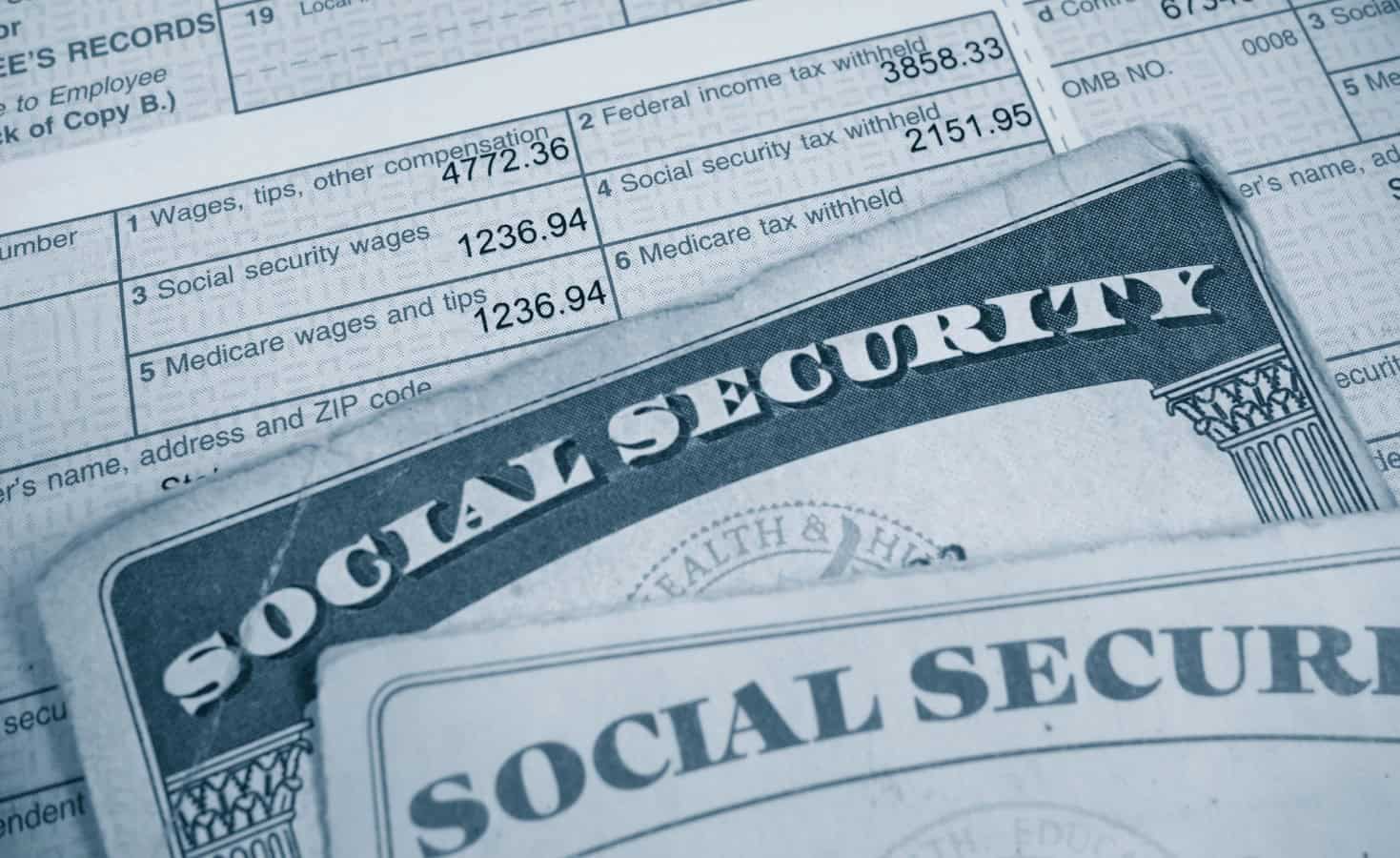
While singles may have fewer Social Security filing options than married couples, smart planning around when to claim benefits can pay off for anyone, including those flying solo.
Maximize Your Benefits: Essential Social Security Strategies for Singles
Millions Could Miss Out on a New $1,000 Federal Retirement Match. Check If You Qualify

Beginning in 2027, millions of lower- and moderate-income savers will qualify for what financial researchers are bluntly calling “free money.” The new federal Saver’s Match; created under the 2022 SECURE 2.0 Act will replace today’s underused Saver’s Credit with a far more powerful benefit: up to $1,000 deposited directly into your retirement account every year. Morningstar’s early modeling suggests that eligible participants could see retirement wealth jump as much as 12%, a remarkable return for a program few Americans have even heard of.
Millions Could Miss Out on a New $1,000 Federal Retirement Match. Check If You Qualify
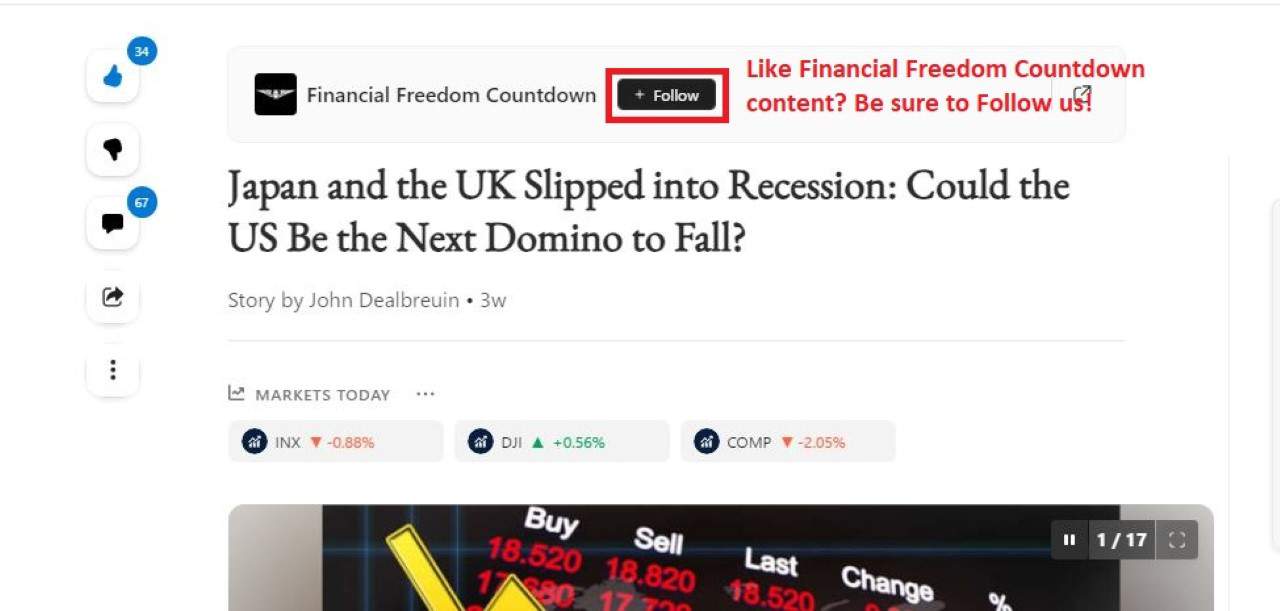
Did you find this article helpful? We’d love to hear your thoughts! Leave a comment with the box on the left-hand side of the screen and share your thoughts.
Also, do you want to stay up-to-date on our latest content?
1. Follow us by clicking the [+ Follow] button above,
2. Give the article a Thumbs Up on the top-left side of the screen.
3. And lastly, if you think this information would benefit your friends and family, don’t hesitate to share it with them!

John Dealbreuin came from a third world country to the US with only $1,000 not knowing anyone; guided by an immigrant dream. In 12 years, he achieved his retirement number.
He started Financial Freedom Countdown to help everyone think differently about their financial challenges and live their best lives. John resides in the San Francisco Bay Area enjoying nature trails and weight training.
Here are his recommended tools
Personal Capital: This is a free tool John uses to track his net worth on a regular basis and as a retirement planner. It also alerts him wrt hidden fees and has a budget tracker included.
Platforms like Yieldstreet provide investment options in art, legal, real estate, structured notes, venture capital, etc. They also have fixed-income portfolios spread across multiple asset classes with a single investment with low minimums of $10,000.

